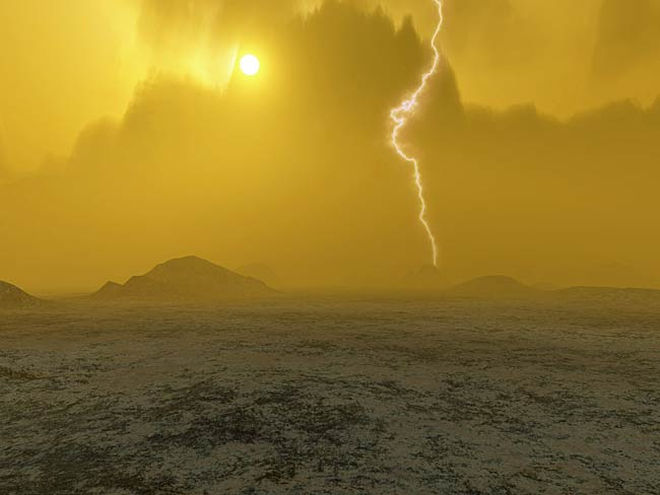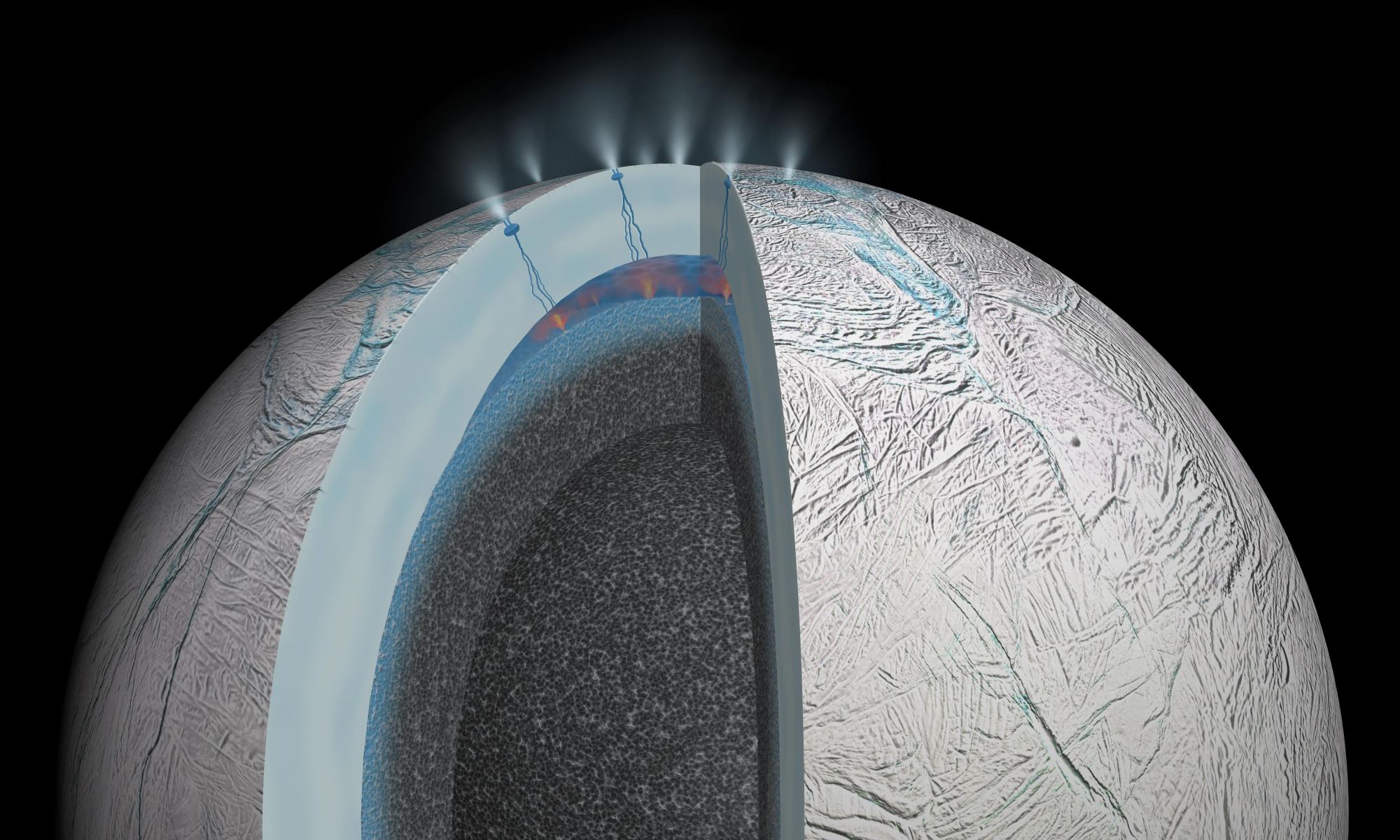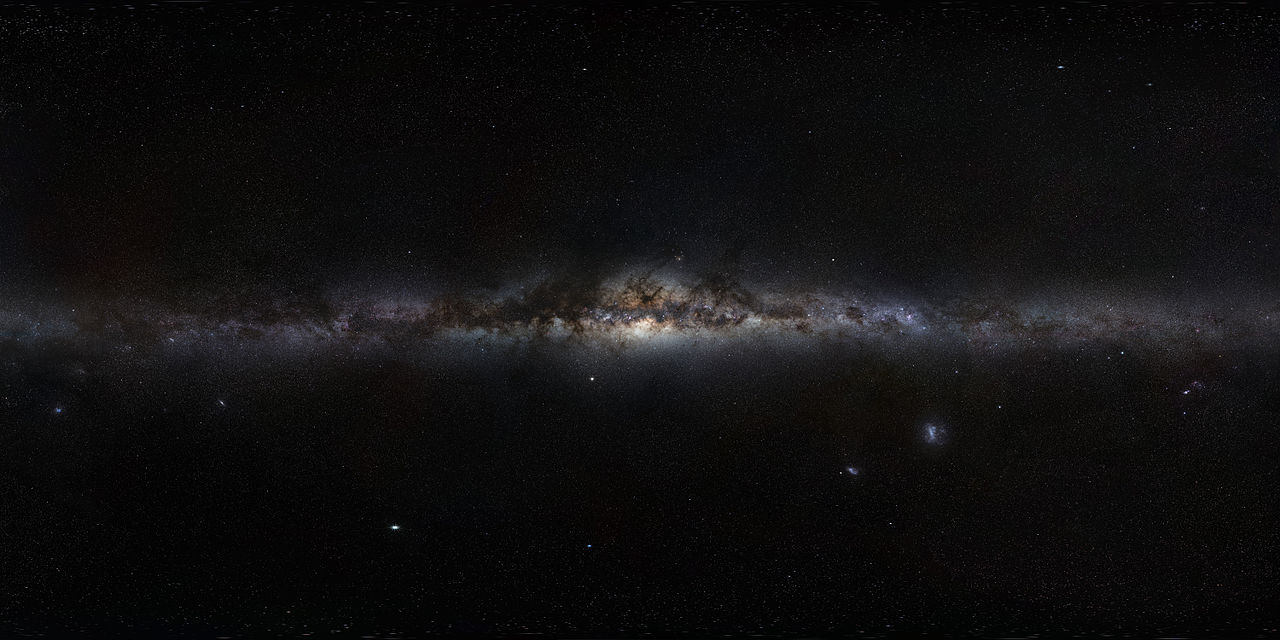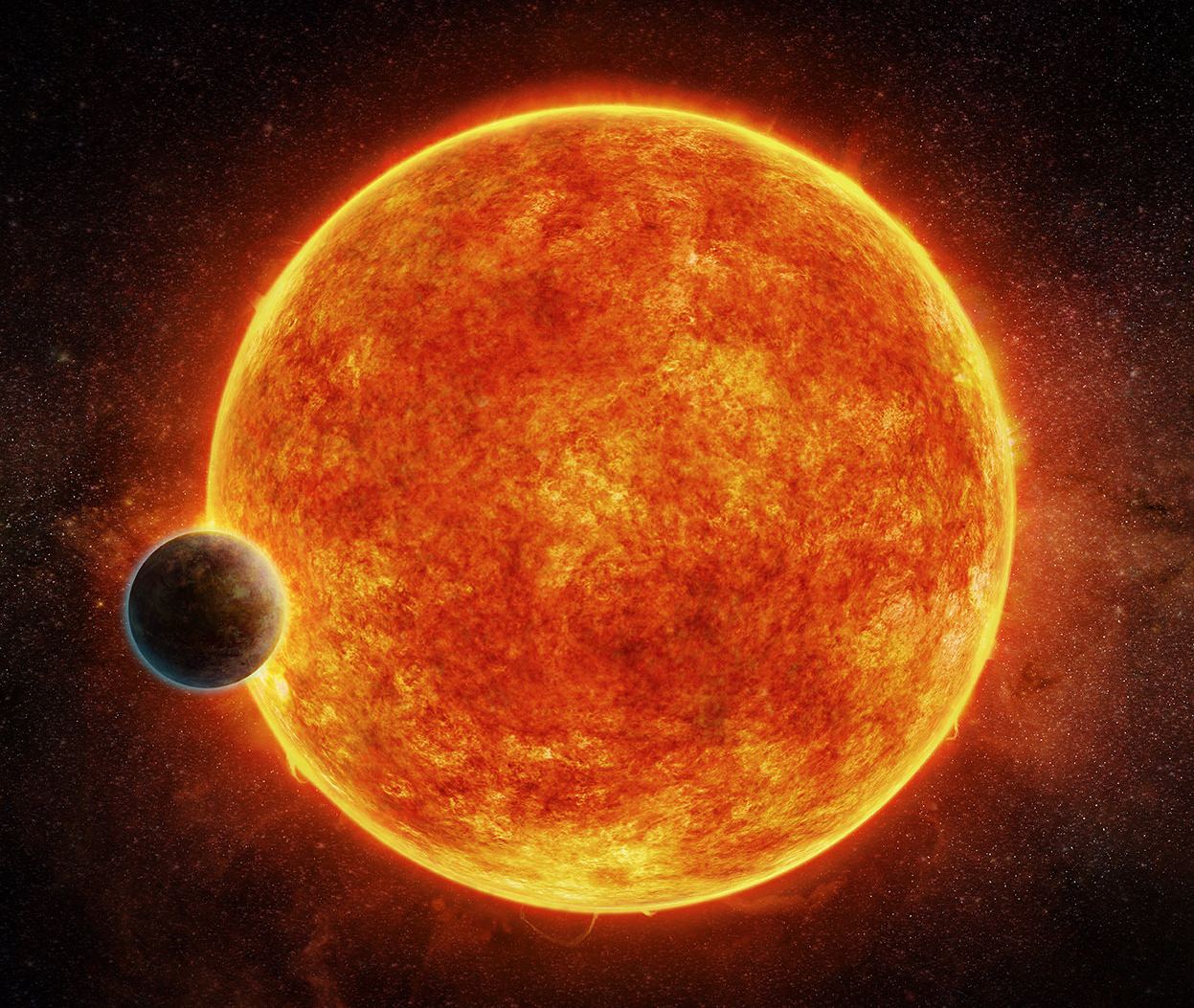Currently, commercial air travel accounts for 4 to 9% of the anthropogenic greenhouse gases that contribute to climate change. What’s worse, airplane emissions are on the rise thanks to rising populations and the increasingly globalized nature of our economy. Hence why NASA has been pursuing the development of electric aircraft
Much like reusable spacecraft and infrastructure, electric aircraft are part of NASA’s pursuit to make aerospace cheaper, more efficient and less harmful to the environment. Their efforts bore fruit in the form of the X-57 Maxwell – the first all-electric experimental aircraft – which was recently delivered to the NASA Armstrong Flight Research Center (AFRC) in Edwards, California.
Continue reading “NASA Has a New, All-Electric Airplane”









